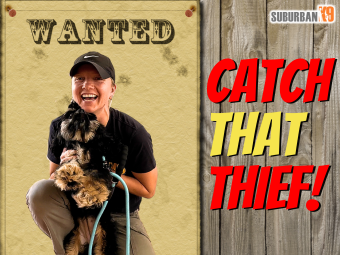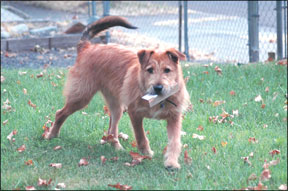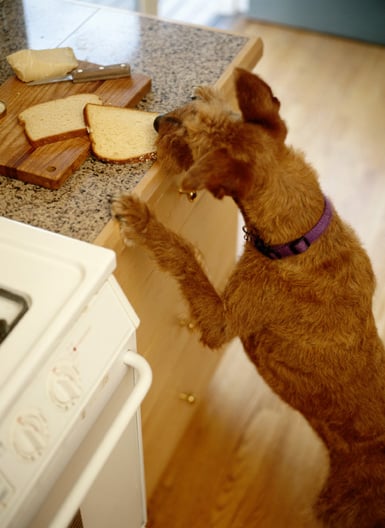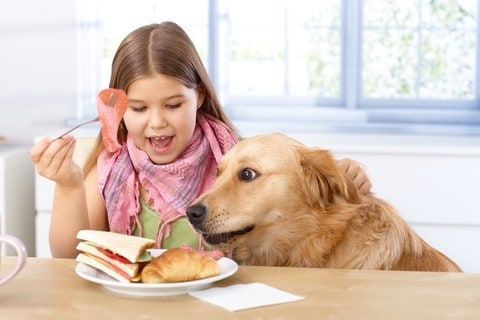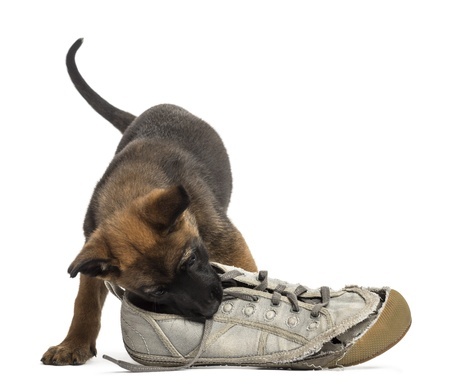Puppies are adorable bundles of energy and curiosity, but their natural inclination to snatch and steal items can be frustrating and even dangerous. To prevent this behavior, it's crucial to engage puppies in item discernment exercises in order to stop puppy stealing. In this article, we will explore the importance of these exercises and provide valuable insights on how to stop puppy stealing. By implementing these techniques, you can foster good behavior, promote safety, and create a harmonious environment for both your puppy and your household.
Why Do Puppies Steal?
Puppies steal objects for various reasons, such as:
- Teething
- Seeking Attention
- Curiosity
However, allowing this behavior to continue unchecked can lead to consequences, including damaged belongings, potential ingestion of hazardous items, and the reinforcement of negative habits. Implementing item discernment exercises helps address these concerns and teaches puppies appropriate boundaries.
Why should I Train to Stop Puppy Stealing Instead of Keeping my Home Clean?
Promoting Safety:
The safety of your puppy is of paramount importance. Many items found around the house can pose risks, including toxic substances, small objects that can be swallowed, or potentially harmful items like electrical cords. By teaching your puppy to discern between appropriate toys and off-limits items, you create a safe environment and prevent potentially life-threatening incidents.
Establishing Boundaries:
Item discernment exercises play a crucial role in establishing boundaries for your puppy. Teaching them which items are theirs to play with and which items are off-limits helps develop self-control and respect for personal property. This training instills good manners and prevents your puppy from developing destructive habits, which can persist into adulthood if left unaddressed.
Strengthening the Bond:
Engaging in item discernment exercises provides an opportunity for you to build a stronger bond with your puppy. By training and guiding them, you establish yourself as the leader and develop a relationship based on trust and respect. Positive reinforcement during these exercises deepens the connection between you and your puppy, fostering a healthy and harmonious dynamic.
Resource Guarding:
During normal item discernment exercises is a normal time to see the first signs of possible resource guarding. It is important to find out about this problem early if your puppy is showing signs. It is always easier to fix this issue than to let it fester and become worse. It's also easier to deal with a potentially aggressive puppy than it's full-grown version.
How to Train Your Dog Not to Steal Using Item Discernment
Does your puppy steal things in the house? Puppies are mini vacuums and are willing to chew and put anything in their mouths! Not only is this an inconvenience, but they can easily pick up something that can be harmful to them. Luckily with a good training plan and setting up item discernment on a daily basis, it is not hard to keep your dog safe!
The way to teach your puppy not to steal things is essentially just teaching your dog what they can and cannot have. It is crucial to set up training exercises on a daily basis. No matter the age of your puppy or dog, we recommend daily walks and obedience, as this will make them feel fulfilled and less likely to cause trouble. Once you have set the foundations of training, you can start to work on item discernment.
To set up item discernment, we will place items they are allowed to have and items they are not allowed to have on the floor. We recommend always starting with a leash, as this gives you the most control, especially if you have a puppy or a dog who loves the chase game! Eventually, we will advance this process to off-leash and out of sight!
When teaching your puppy not to steal things, we will follow the typical correction process that we apply to all unwanted behaviors. We use a verbal “no” to flag the behavior; then, with a leash and collar on, we will give a tug up on the leash if they make a mistake. The firmness of the no and the tug depends on your dog, so make sure you consider that when you are working this process. Remember that sniffing the items is ok! It is important to have them settle after the correction, so we often push their butts down as well. If your dog is struggling, we recommend calming them down using a structured walk, our “heel” command to reset them.
If your dog makes the right decision, we will praise them! This is easy to do if you are using toys, so if they grab the toy, play with them! The praise is super important here as it explains to them that they are making good choices! Failure to present good choices early on in training rather than just things they are not supposed to have is unfair for the dog and confusing!
We recommend practicing this process every day! You can work on 15-20 minute intervals, but having items in plain sight while you watch your puppy makes it easy to train while doing something else! Eventually, you will start trusting your puppy more and more, and we can advance this by taking away the leash, adding more enticing items, and practicing out of sight!
Get out there and train your puppy not to steal things! Start working on this process and their other behaviors as soon as day 1, and you will have a well-mannered puppy in no time! If you have any questions or just got a puppy, please click here to get an instant quote for one of our trainers to work with you personally!
Conclusion
Stopping puppy stealing through item discernment exercises is crucial for promoting safety, establishing boundaries, and nurturing a strong bond with your furry companion. By teaching your puppy to differentiate between acceptable toys and forbidden objects, you create a secure environment and prevent destructive habits.
Consistent training, positive reinforcement, and proper management of the environment are key to successfully curbing this behavior. Embrace the journey of training your puppy, and remember that patience and consistency will yield positive results.
